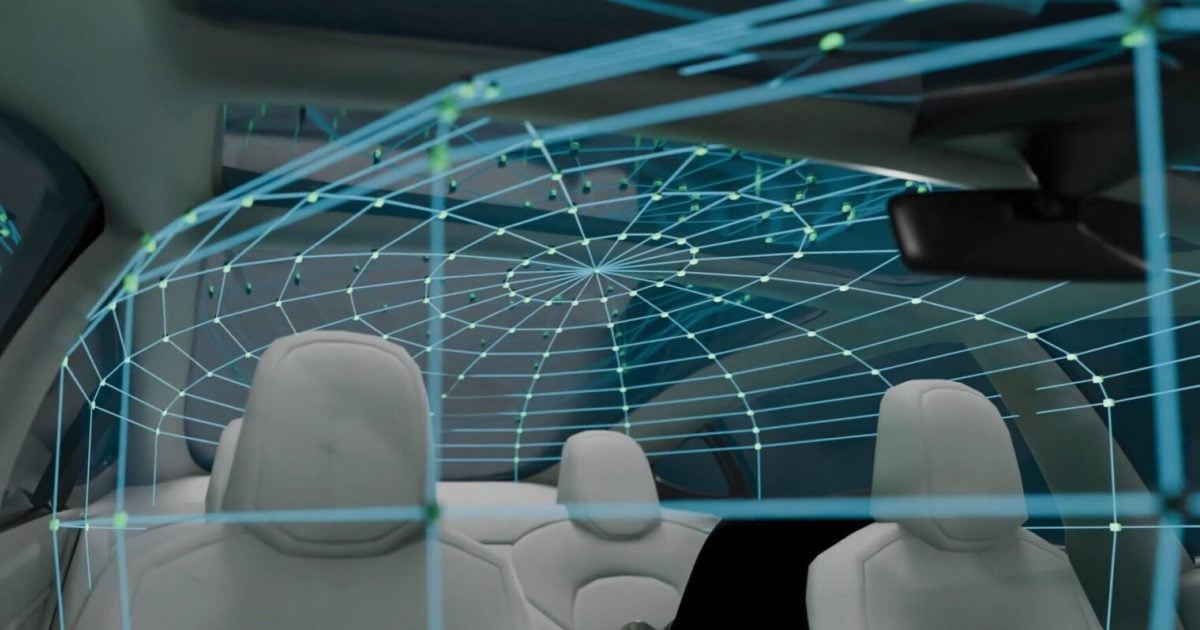Kyocera Corporation has announced that it will accelerate and expand its IoT business, and plans to increase the size of the team to 200 by 2020 to develop new technologies.
The company established its Software Laboratory in October 2015 with the mission of combining hardware and software technologies and enhancing value in automotive, electronic and semiconductor applications, industrial cutting tools, printing devices and energy solutions. The Laboratory launched with a team of 20 employees and doubled to approximately 40 as of March.
Development Background
The IoT market continues to experience rapid growth, and in Germany, the computerization of manufacturing has been promoted since the government’s Industry 4.0 action plan began in 2011. The US is developing IoT resources with the Industrial Internet Consortium (IIC), and Japanese manufacturers have been pursuing efforts to combine hardware technologies with software.
In December 2015, the Software Laboratory adopted IBM Bluemix for its cloud applications, and enabling Kyocera to improve productivity by sharing software with customer companies.
“We aim to introduce IoT innovations by combining Kyocera’s hardware technologies with the new developments from our Software Laboratory,” said Kazumi Saburi, General Manager, Software R&D Group, Kyocera. “Spanning several decades, we’ve supplied a diverse range of electronic components and devices to industrial fields ranging from automotive and information/communication to environmental and energy engineering and healthcare. Our knowledge and experience in these markets allows Kyocera a unique perspective.”
IoT Business Development Areas
In the automotive sector, the company plans to promote driverless assistance and pre-crash safety systems by utilizing image processing technology cultivated through camera module development.
In medical and healthcare services, the company is working to develop digital healthcare support systems to manage physical conditions by sensing biological information including pulse, blood pressure, blood-glucose levels and body temperature, under the guidance of medical professionals.
Security and surveillance systems are critical concerns in both the consumer and industrial sectors. Kyocera is working on IoT solutions to process high-resolution video from surveillance cameras in order to make it easier to prevent crime.
Let it grow.
Edited by
Maurice Nagle





